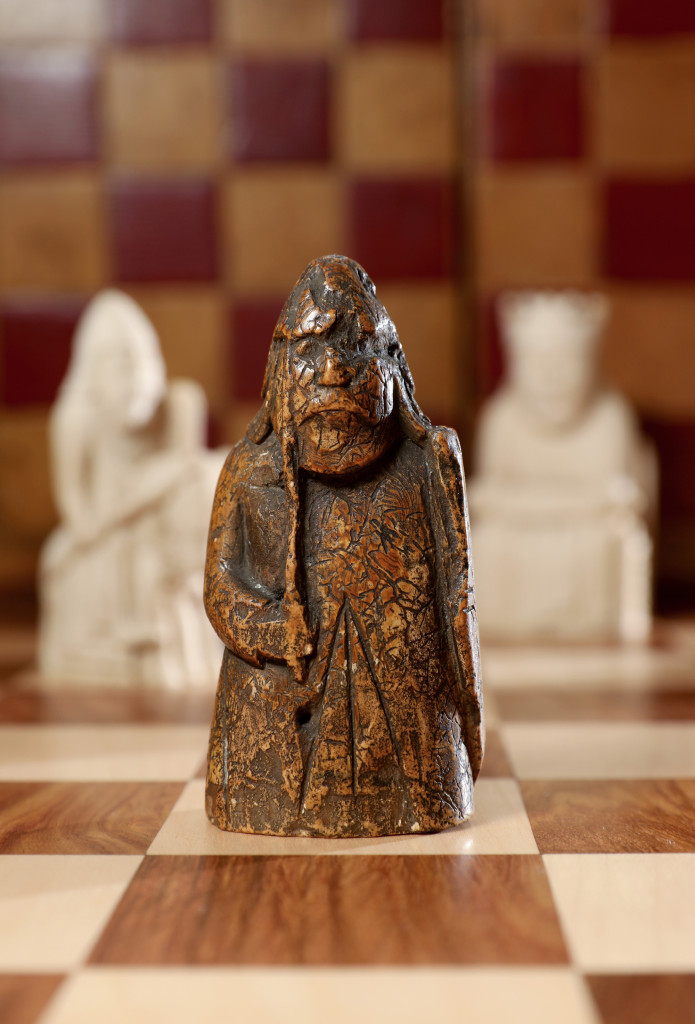LONDON — A newly discovered warder attributed to the Lewis Chessmen workshop sold July 2 at Sotheby’s to an anonymous buyer for $927,423 – a new record for a medieval chess piece at auction. Acquired for £5 in 1964 by an antiques dealer in Edinburgh and passed down in the same family by descent, the chess piece was stored away in his home before being inherited by his daughter, who believed it was special and perhaps imbued with some magical significance. The warder then passed onto the next generation of the family, who approached Sotheby’s to shed light on what was in fact an important historic artifact. Alexander Kader, Sotheby’s co-worldwide head of European sculpture & works of art, began a year-long study of the warder, a process that included detailed research, art historical analysis and careful comparison with the Lewis chessmen on display in public collections in the United Kingdom. He deduced that the chessman to re-emerge could be one of the lost pieces of the Lewis group.
Scholars have proposed competing theories on the origins of the Lewis Chessmen, their style and iconography not restricted to one center. The leading theory is that they are Norwegian, and more precisely probably from Trondheim, which seems to have specialized during the Twelfth and Thirteenth Centuries in carving gaming pieces, often from walrus ivory. Trondheim was the seat of the archbishop of Norway, with the island of Lewis under its authority as part of the kingdom of Norway from early Viking times up to the Treaty of Perth in 1266.
For information, www.sothebys.com.





